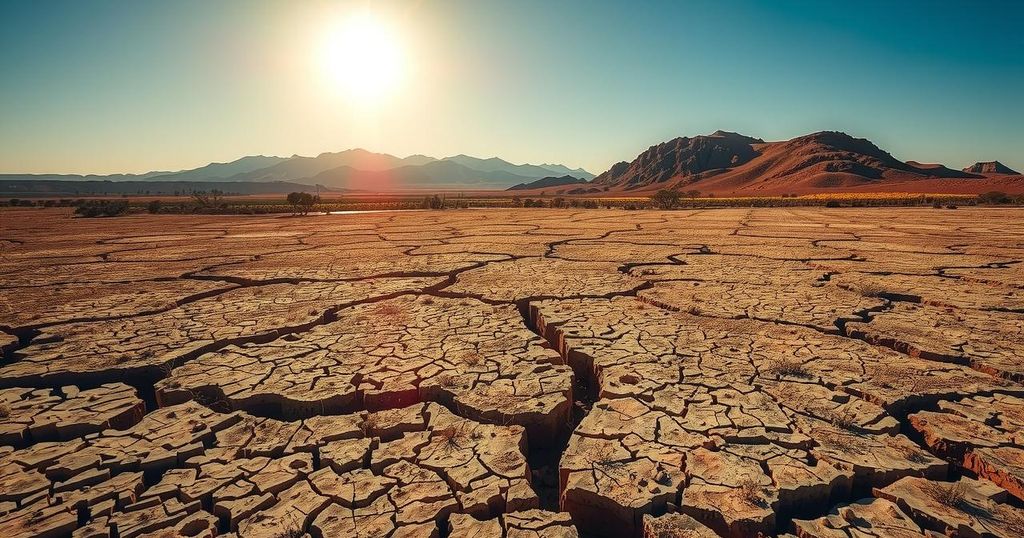Relief and Recovery Efforts After the 2011 Japan Earthquake and Tsunami
The 2011 Tōhoku earthquake and tsunami prompted an immediate and comprehensive response from the Japanese government and international community, resulting in extensive relief efforts, the mobilization of rescue teams, and the establishment of temporary shelters for hundreds of thousands of displaced individuals. While infrastructure and industrial output faced severe setbacks, substantial progress was made in recovery and rebuilding efforts, revealing a commitment to long-term restoration in devastated regions, notably around Fukushima.
In the wake of the catastrophic earthquake and tsunami that struck Japan on March 11, 2011, extensive relief and rebuilding initiatives were swiftly mobilized under the direction of the Japanese government. Prime Minister Naoto Kan promptly established an emergency command center in Tokyo to oversee the response, while approximately 100,000 members of the Japanese Self-Defense Forces were deployed. The United States, along with numerous nations including Australia, China, India, New Zealand, and South Korea, contributed search-and-rescue teams, alongside international humanitarian organizations such as the Red Cross and Red Crescent, which provided vital financial and material assistance. The initial rescue operations faced significant obstacles, including treacherous weather conditions which hindered the delivery of aid to the devastated regions. Workers confronted an overwhelming landscape of destruction where entire towns were obliterated, requiring a salvage operation primarily focused on recovering deceased individuals rather than rescuing survivors. Despite the harrowing circumstances, courageous efforts resulted in the rescue of numerous individuals in the first days following the disaster. Unfortunately, as time passed, more bodies were discovered drifting ashore, a somber testament to the scale of the tragedy. The aftermath of the disaster housing crisis saw hundreds of thousands of individuals seeking refuge in temporary shelters, often with scant supplies of food and water. As conditions deteriorated, particularly regarding the nuclear power plants in Fukushima, the number of displaced persons surged. Over the following months, many were able to relocate to more stable accommodations, although a significant number continued to reside in temporary housing for years afterward. By 2015, while most disaster debris was removed, approximately 230,000 people remained displaced due to persistent evacuation zones around the Fukushima facility. In terms of infrastructural recovery, significant progress was made in restoring transportation networks across northern Honshu, and by mid-2012, industrial output had mostly returned to pre-disaster levels, demonstrating resilience in the economic recovery efforts. The Japanese government enacted substantial supplemental budgets for disaster recovery, totaling approximately $155 billion, and established a dedicated Reconstruction Agency to coordinate extensive rebuilding plans, indicating a long-term commitment to restoring the Tōhoku region. By early 2015, considerable achievements had been noted in both debris removal and the initiation of coastal infrastructure projects designed to mitigate future tsunami risks.
The 2011 Tōhoku earthquake and tsunami not only caused widespread destruction and loss of life in Japan, but it also triggered a significant humanitarian and economic response both domestically and internationally. The event underscored the vulnerabilities associated with natural disasters, particularly in relation to tsunami risk management and nuclear safety. In the aftermath, Japan faced the challenge of supporting hundreds of thousands of displaced citizens, restoring critical infrastructure, and addressing the ongoing issues presented by the damaged Fukushima nuclear power plant. Understanding these complexities is vital for comprehending the breadth of the relief and recovery efforts undertaken in the years following the disaster.
In conclusion, the response to the 2011 Japan earthquake and tsunami highlighted the rapid mobilization of both governmental and non-governmental organizations to address a national crisis. Despite numerous challenges posed by destroyed infrastructure and adverse conditions, significant strides were made in relief efforts, housing solutions, and economic recovery. While the rebuilding phase continues, the lessons learned from this disaster remain imperative for future disaster preparedness and risk mitigation efforts.
Original Source: www.britannica.com




Post Comment